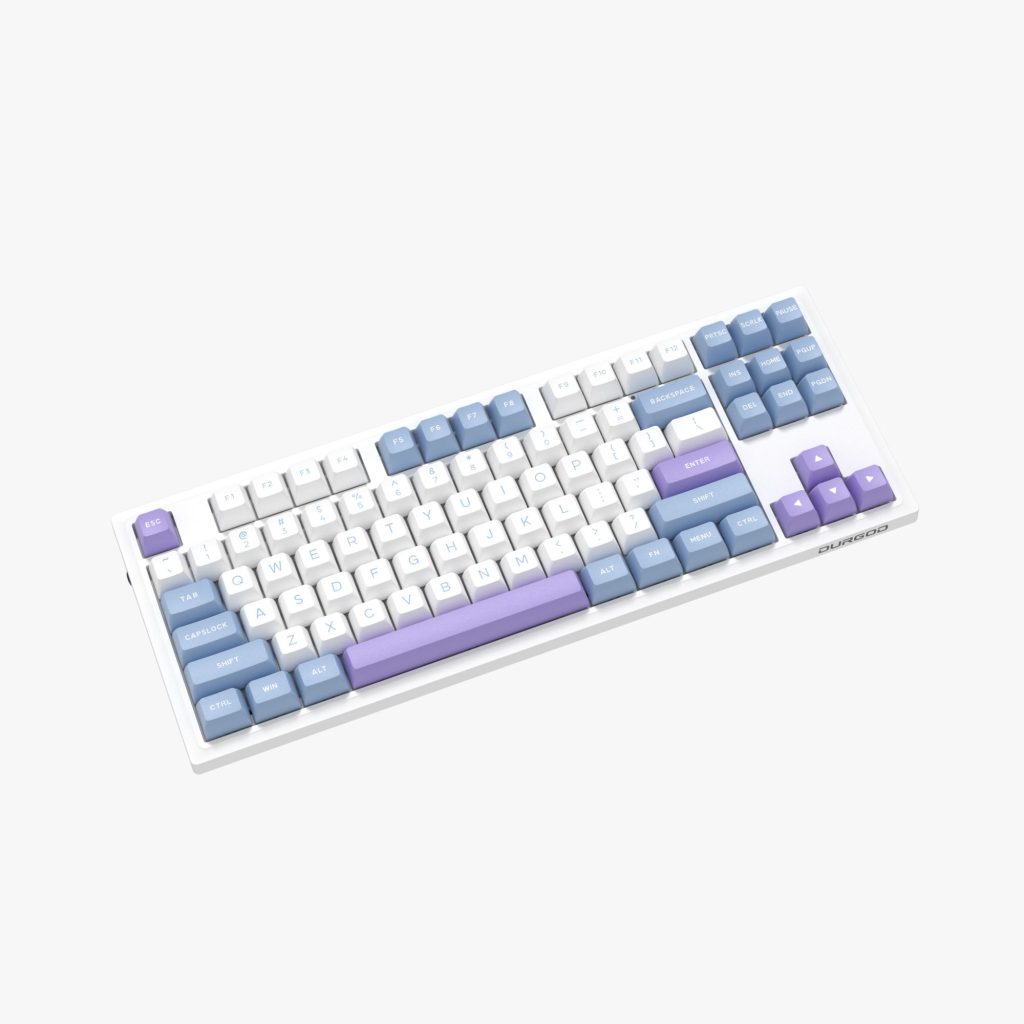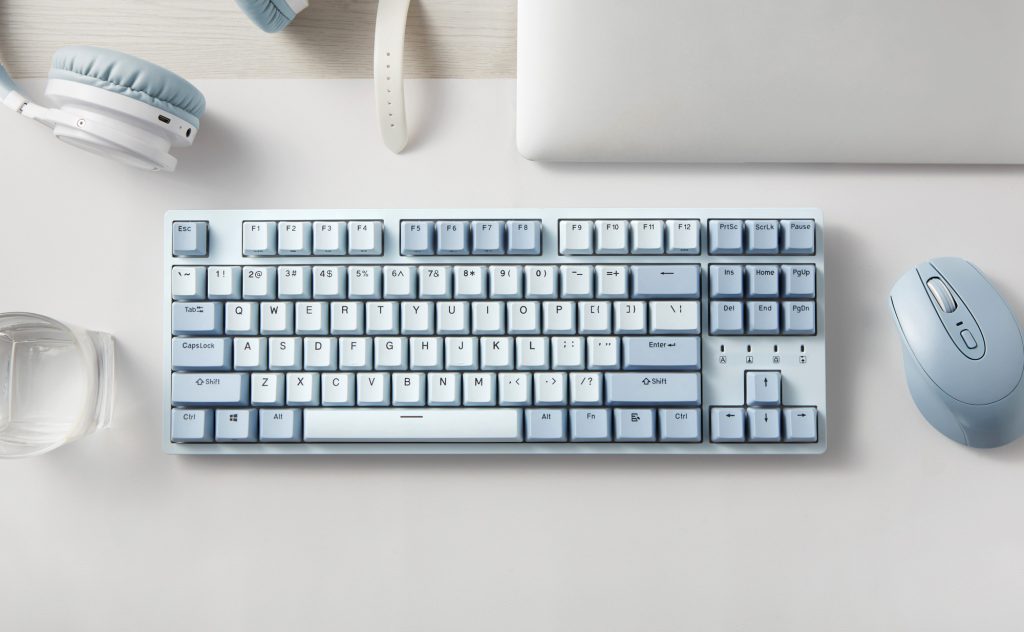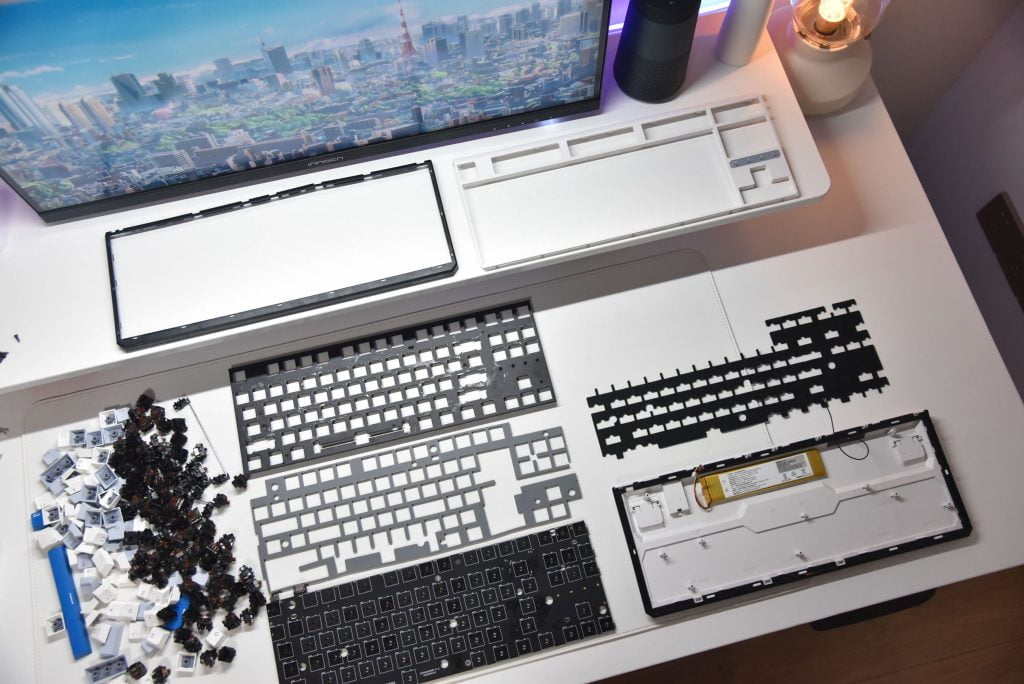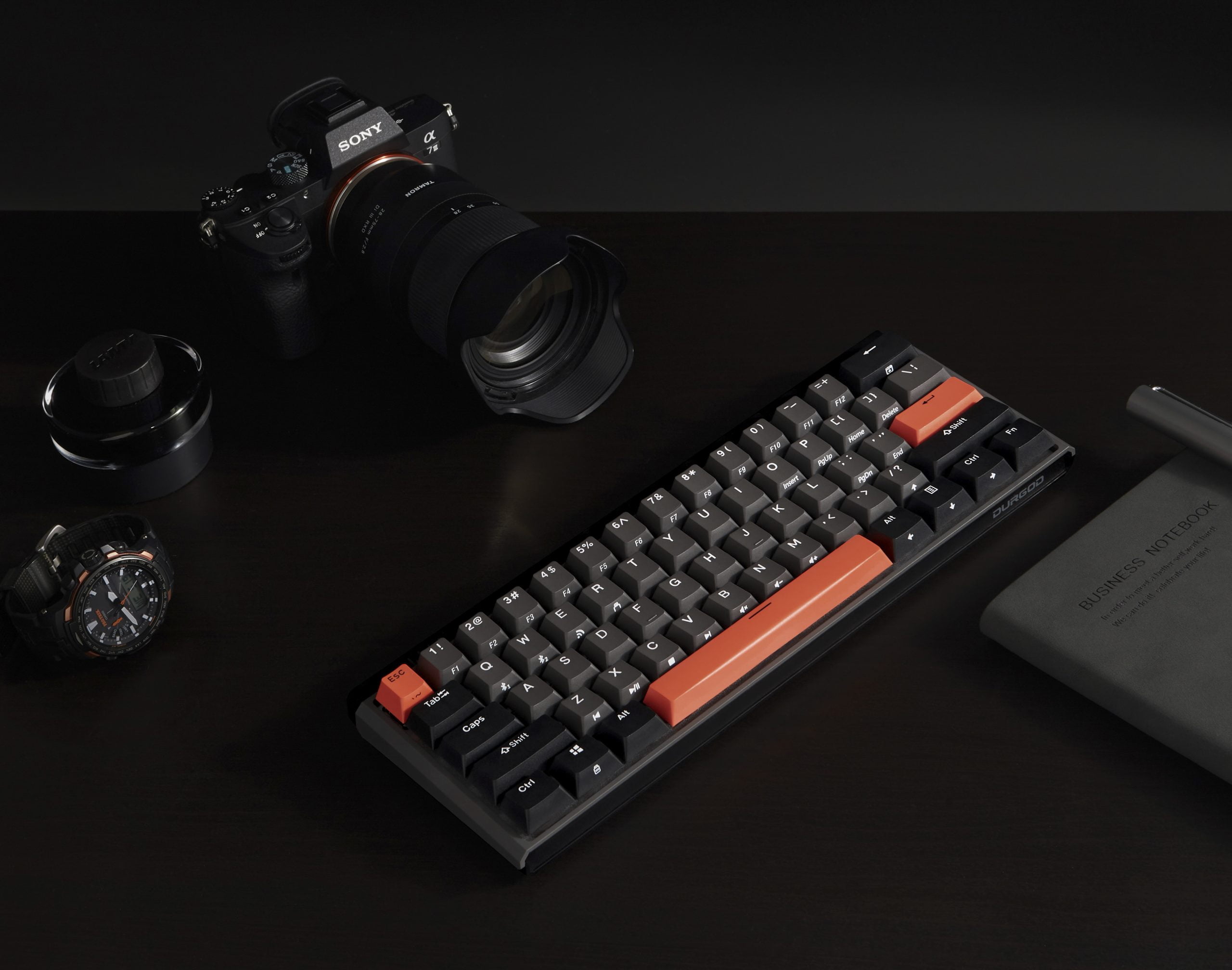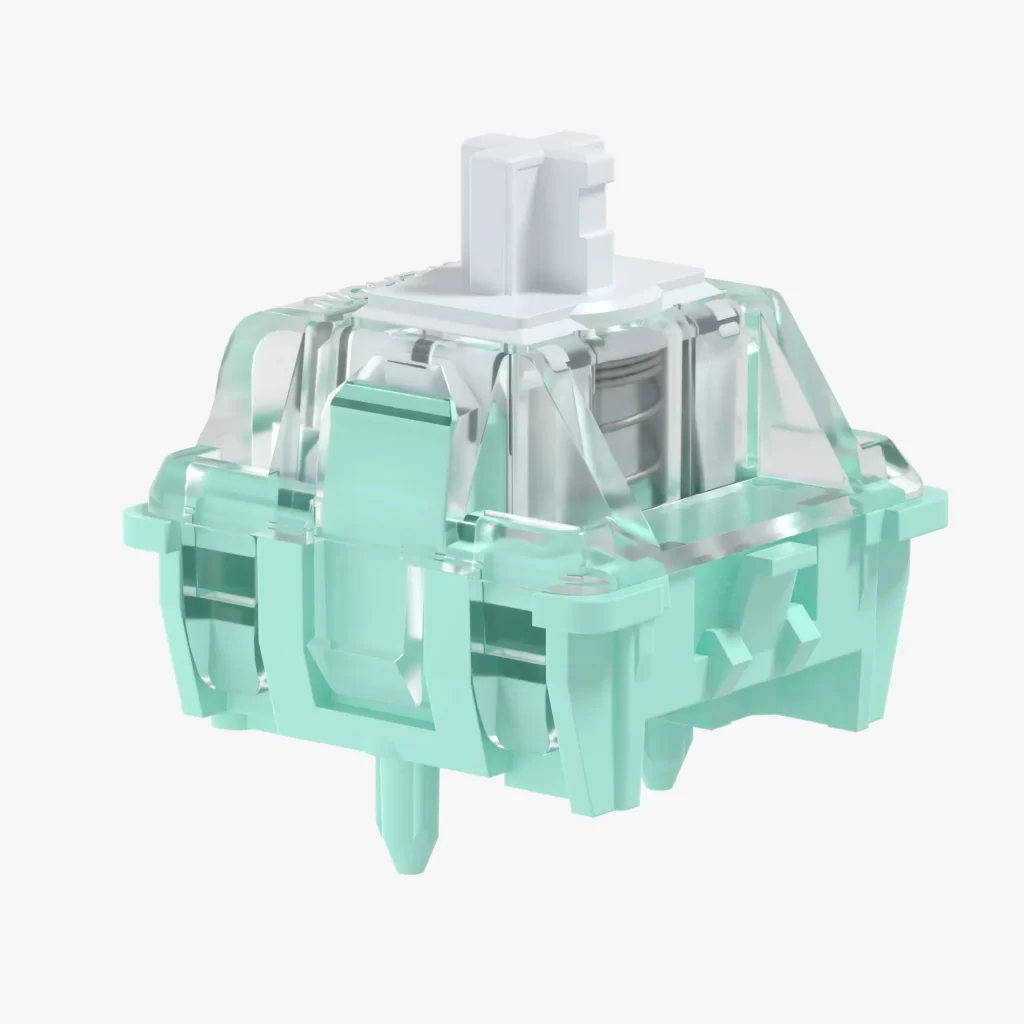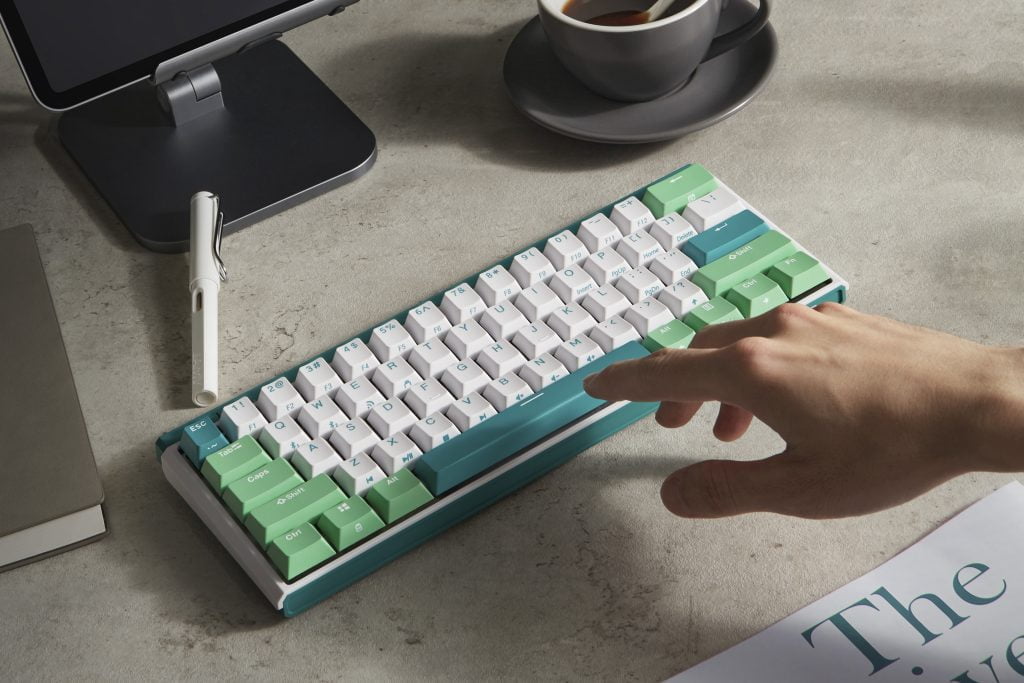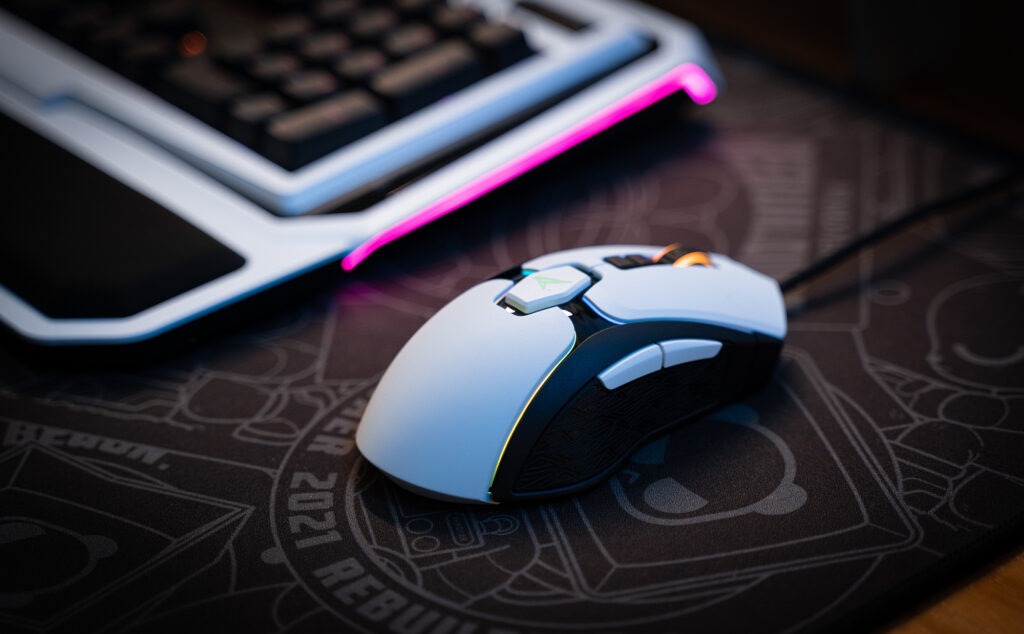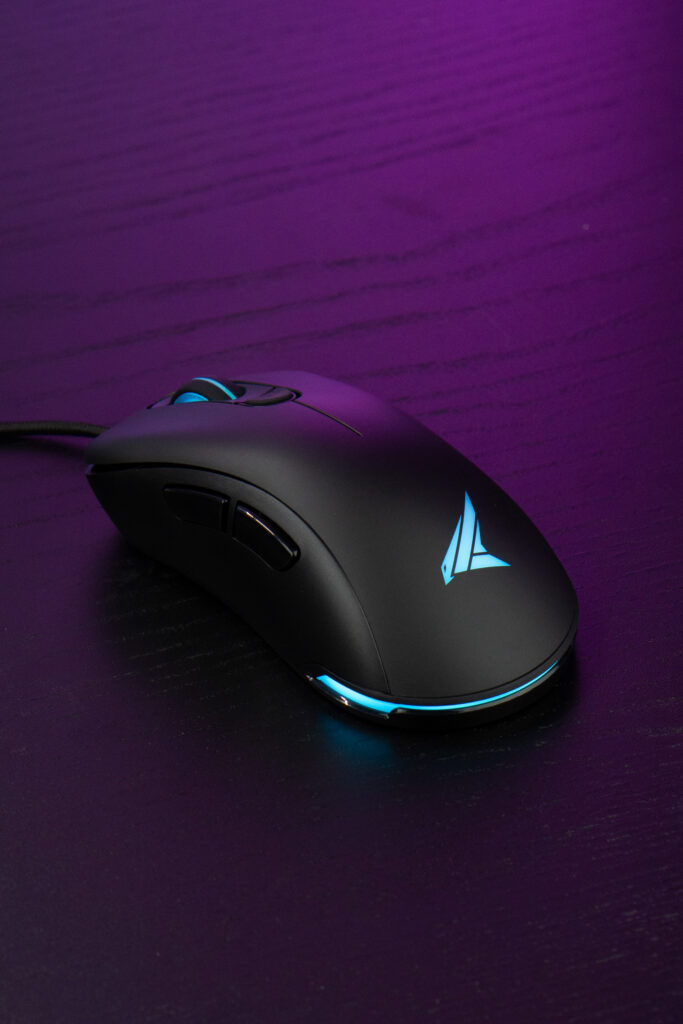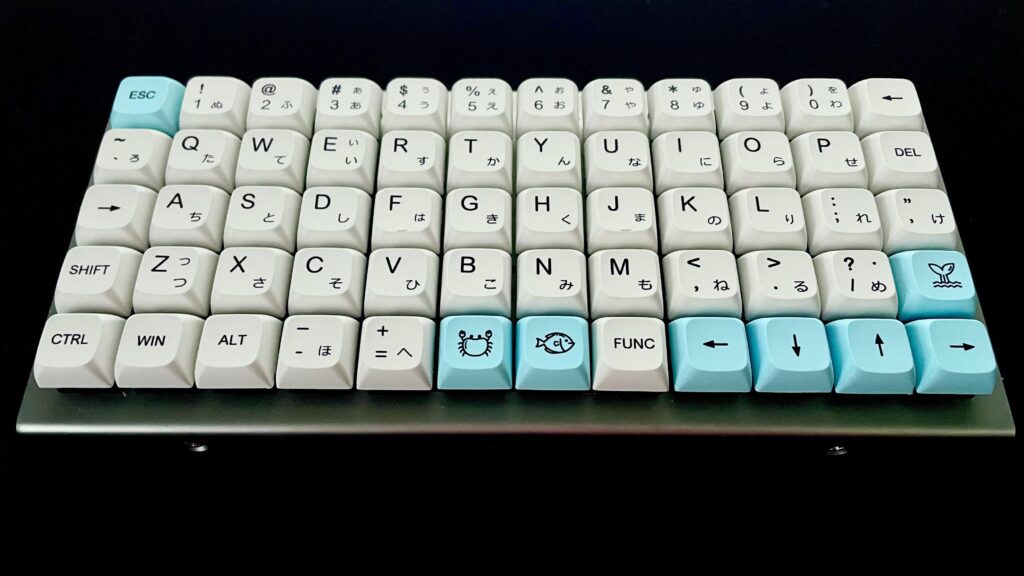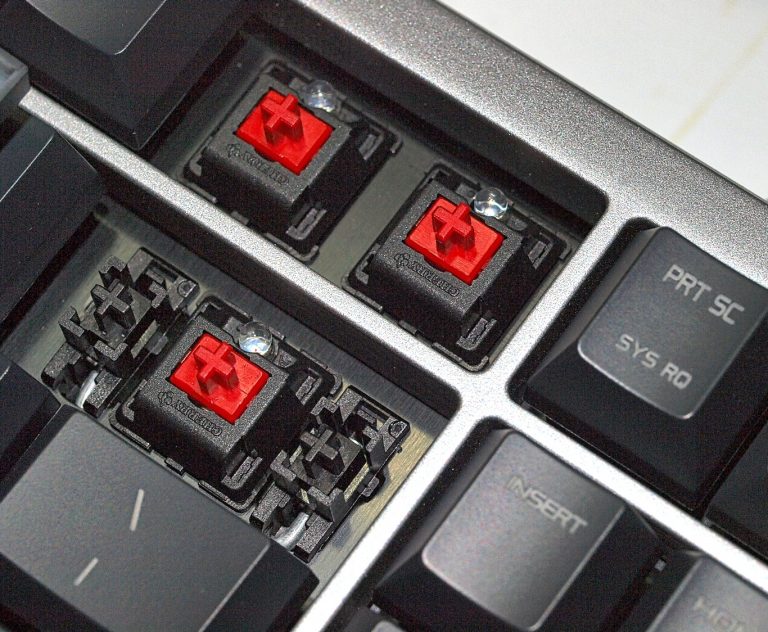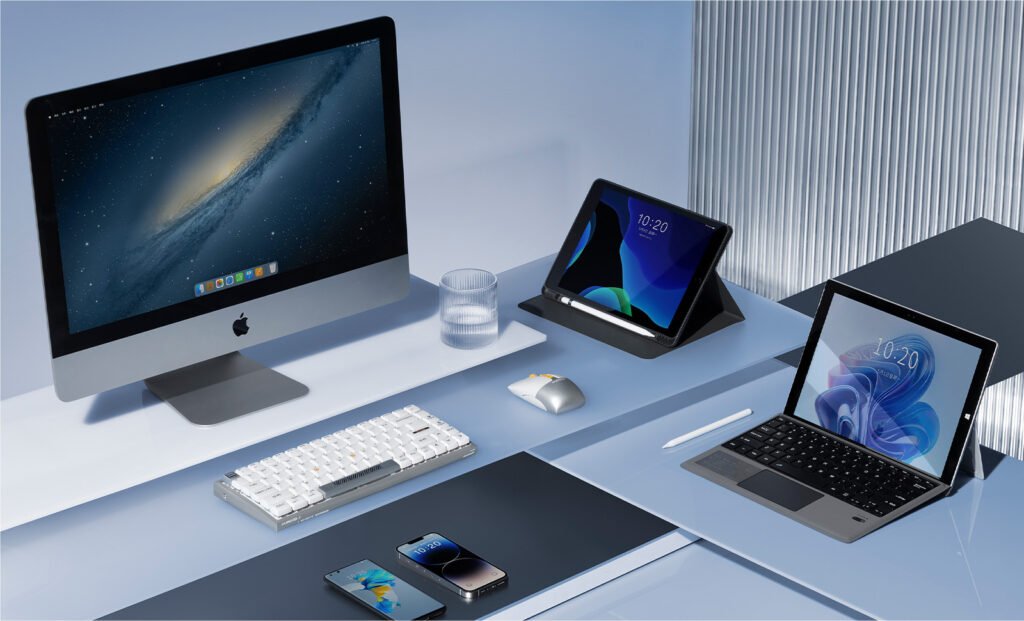Choosing Between Low Profile vs. Normal Profile Mechanical Keyboards: A Guide
Deciding between low profile vs. normal profile mechanical keyboards is crucial for users, impacting typing comfort, ergonomic needs, and design preferences. This exploration highlights the distinctions to aid in making an informed choice.

Low Profile Mechanical Keyboards: A Closer Look
- Design and Build: Characterized by their slim profile, these keyboards boast shorter switches and keycaps, resulting in a sleek, modern appearance.
- Key Travel and Actuation: With reduced key travel, these keyboards offer quicker actuation, potentially enhancing typing speed and reducing effort.
- Ergonomics: The minimalistic design may decrease finger strain and support a more natural hand position, possibly improving comfort over extended periods.
- Portability: Their slim form factor enhances portability, appealing to those who frequently transition between workspaces.
- Aesthetics: Often favored for their contemporary look, low-profile keyboards blend seamlessly into modern desk setups.
Traditional Mechanical Keyboards: Insights
- Design and Build: These keyboards maintain the classic mechanical feel with taller keycaps and switches. They embody the quintessential mechanical keyboard aesthetic.
- Key Travel and Actuation: They feature longer key travel, offering pronounced tactile feedback cherished by enthusiasts.
- Ergonomics: While they deliver a satisfying typing experience, the extended key travel may increase finger movement, potentially leading to fatigue. A wrist rest could be necessary for optimal comfort.
- Customization: Traditional keyboards often allow more customization options, from keycaps to switch modifications, catering to personalization enthusiasts.
- Typing Experience: Many users prefer these keyboards for their distinctive mechanical feedback and sound, typical of mechanical keyboards.
Distinguishing Factors
- Height and Key Travel: The stark differences in key height and travel distance significantly affect typing dynamics and comfort.
- Ergonomics and Comfort: Low-profile keyboards generally are more ergonomic due to their streamlined design, while traditional keyboards offer a classic typing feel.
- Portability: The compact and efficient design of low-profile keyboards makes them ideal for users with limited space or those seeking minimalist setups.
- Aesthetic Preferences: Aesthetics significantly influence choice; some users are drawn to the modernity of low-profile keyboards, while others prefer the traditional mechanical keyboard look.
Conclusion
Whether to opt for a low profile or a traditional mechanical keyboard boils down to individual preferences for typing sensation, ergonomic needs, portability, and design. Low-profile keyboards offer an ergonomic, space-saving solution suitable for those valuing comfort and a modern look. Conversely, traditional mechanical keyboards are tailored exclusively for those who appreciate tactile feedback and extensive customization. Understanding these distinctions ensures users select a keyboard that best suits their typing habits and aesthetic preferences.
For more knowledge of mechanical keyboards, visit DURGOD.




